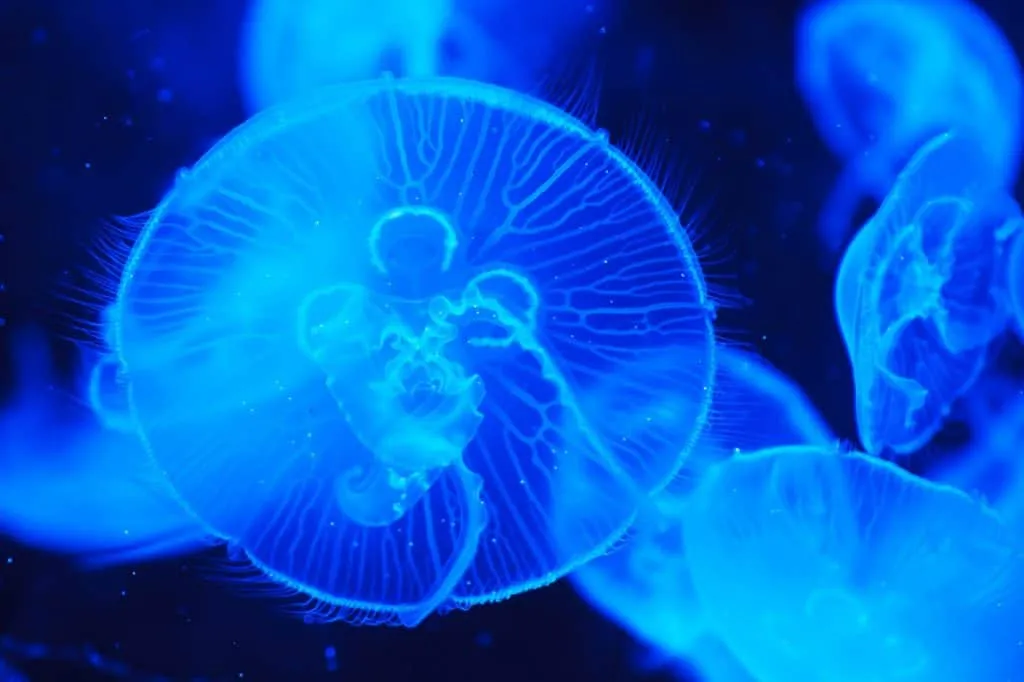Some Animals Can Reproduce Without Fertilization. Here Are Some Examples.
Our planet is incredibly vast and, of course, diverse. It’s impossible to discuss diversity in the world without mentioning animals, as they are everywhere and comprise millions of species. An intriguing aspect about them is their reproduction. Typically, animal reproduction requires a male and a female, involving rituals, courtship, and time.
However, asexual reproduction speeds up the process significantly, generating offspring much faster. This type of reproduction, called parthenogenesis, is surprisingly common among living beings such as plants, insects, fish, reptiles, and birds.
Parthenogenesis: A Unique Form of Reproduction
Parthenogenesis involves embryo development from an unfertilized egg. Descendants inherit genetic material solely from the mother. Although rare in mammals, certain rodent species exhibit this trait.
For those unfamiliar, this form of reproduction is a hereditary trait observed in various animal species. Spontaneous parthenogens reproduce sexually but may experience cycles where eggs are ready for development.
Animals That Reproduce Without Fertilization
Yellow Scorpion (Tityus serrulatus)
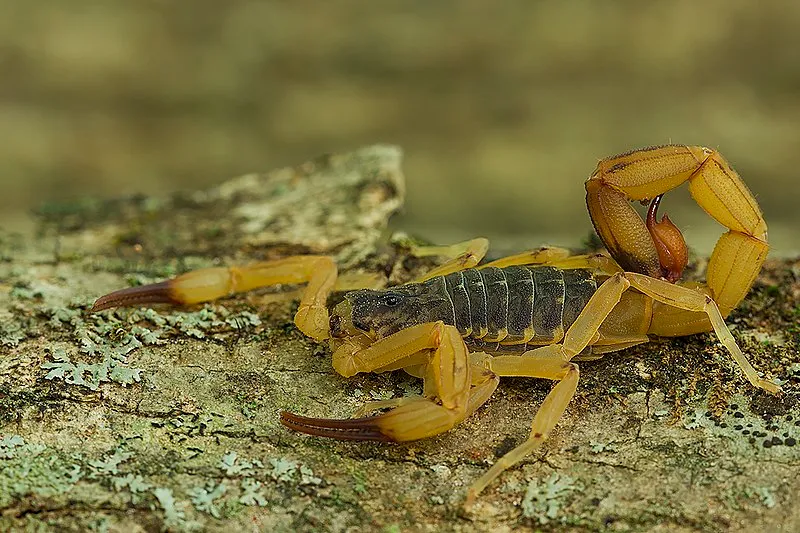
The yellow scorpion reproduces both sexually and through parthenogenesis. This allows females to produce embryos without male fertilization. Offspring develop directly into embryos without the need for fertilization by a male. The female is viviparous, meaning offspring develop inside her and are born through live birth. A litter can contain up to 20 offspring, which remain on the mother’s back until they can feed independently.
Sawfish
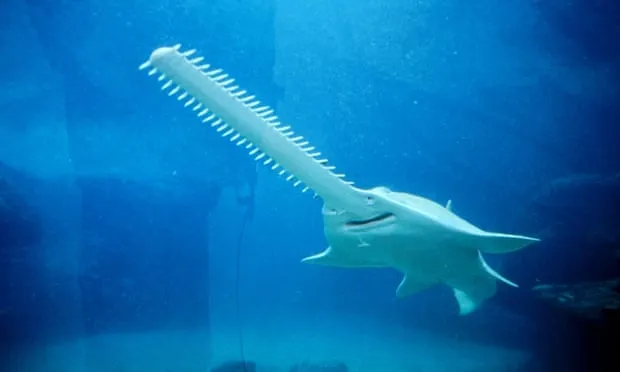
In 2015, scientists discovered some females of this species reproducing without mating. Approximately 3% of these animals lacked a father. This was the first documented case of parthenogenesis in vertebrates outside captivity. This type of reproduction is common in invertebrates but rare in vertebrates. Scientists speculate it may be a strategy to counteract low population levels, though it’s unlikely to save the species.
Komodo Dragon
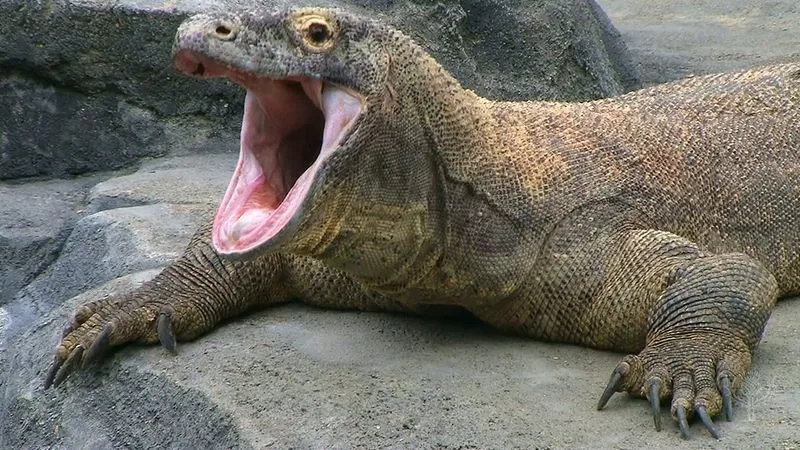
While rare, female Komodo dragons can reproduce without male assistance due to a unique duplication of a single W or Z chromosome. When their offspring reach adulthood, they can become reproduction partners. Komodo dragons are oviparous, laying eggs that are buried in the ground. Females typically lay between 24 and 26 eggs, which incubate for eight to nine months.
Starfish
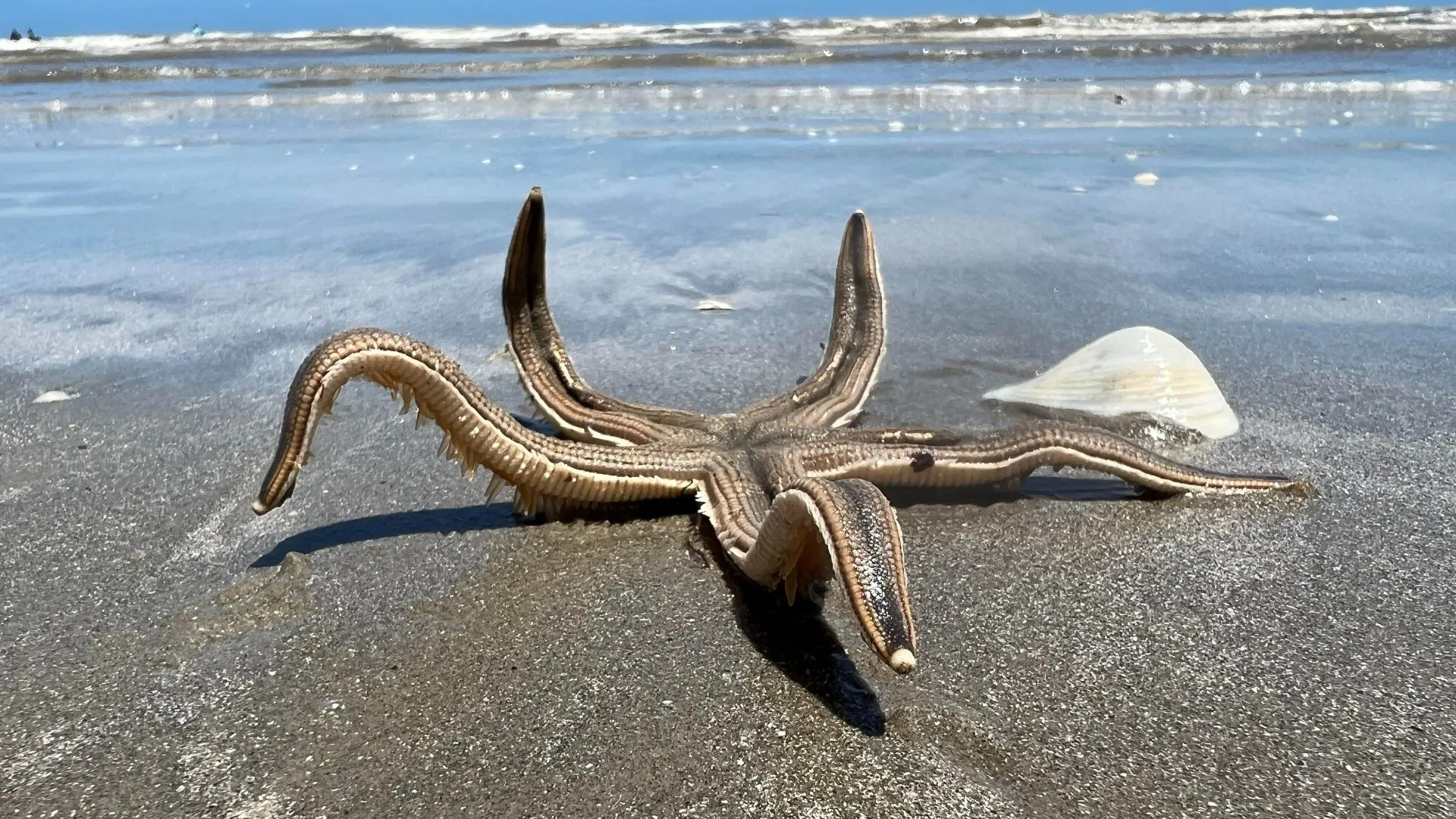
Starfish are among the animals capable of reproducing without fertilization. A new starfish can regenerate from a broken arm or a piece of the central disk of another starfish.
Whiptail Lizard (Aspidoscelis genus)

Curiously, whiptail lizards consist entirely of females. Due to genetic mutations, their unfertilized eggs contain double the chromosomes, allowing embryos to develop without the need for sperm. Despite being asexual, whiptail lizards still engage in mating rituals. Females that simulate mating behavior by mounting other females experience higher fertility rates.
Captive Sharks
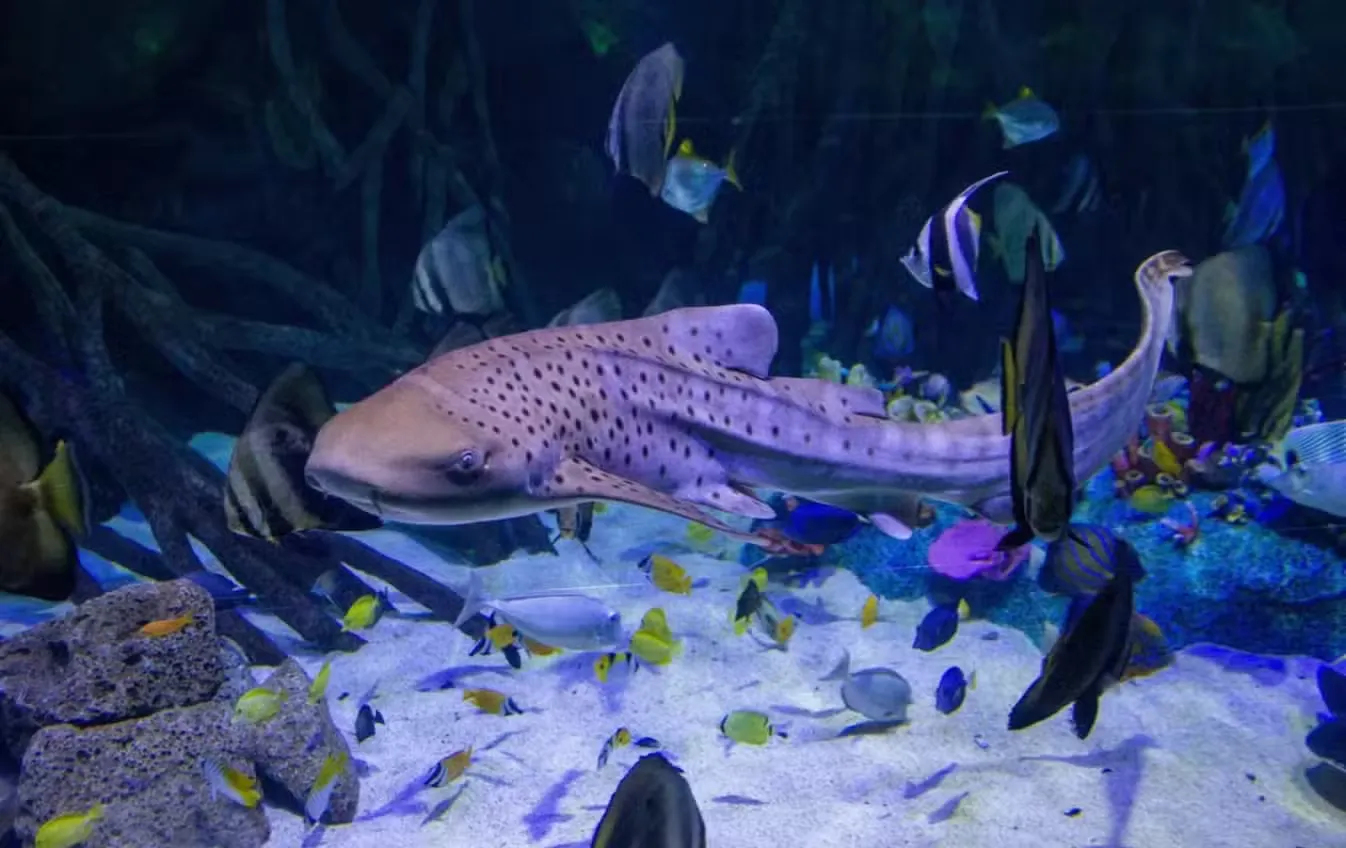
Parthenogenesis has been observed primarily in captive animals like rays and sharks, which have internal fertilization. In 2007, a female hammerhead shark gave birth without sperm. This was the first documented case of parthenogenesis in a shark. Subsequent cases were reported in captive zebra sharks in 2008 and smoothhound sharks in 2021 (Italy) and 2022 (zebra shark).
Frequently Asked Questions (FAQ)
1. What is parthenogenesis?
- Parthenogenesis is a type of reproduction where embryos develop from unfertilized eggs.
2. Which animals can reproduce through parthenogenesis?
- Animals like scorpions, sawfish, Komodo dragons, starfish, whiptail lizards, and certain sharks have been observed reproducing through parthenogenesis.
3. Why do some animals reproduce without a partner?
- Parthenogenesis can be a strategy to ensure reproductive success in the absence of males or to maintain population numbers in challenging environments.


